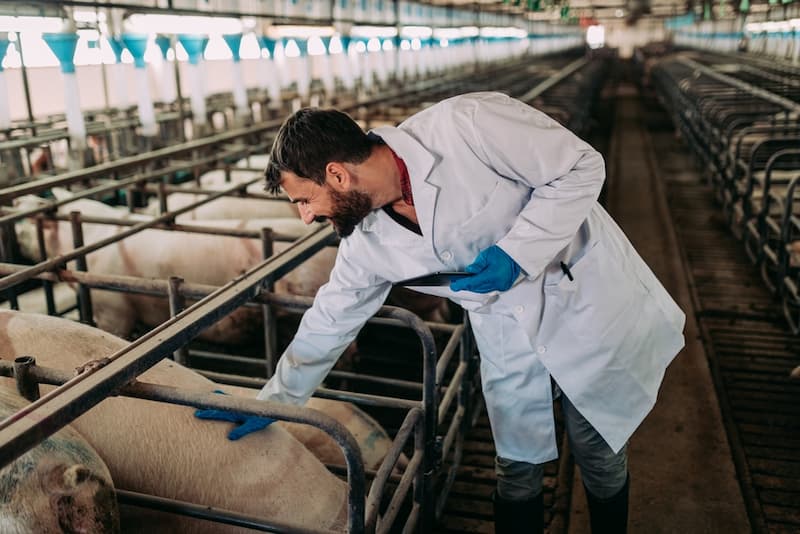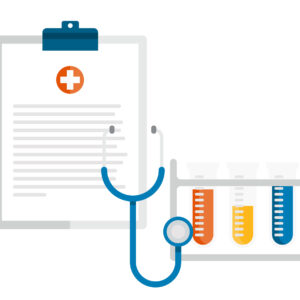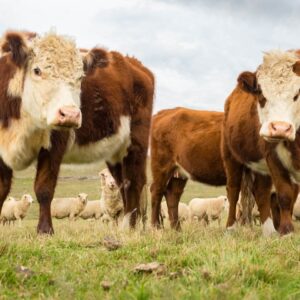Maintaining optimal health in poultry farming is essential for ensuring the productivity and sustainability of the industry. With the increasing demand for poultry products worldwide, farmers face the challenge of preventing and controlling diseases that can affect their flocks.
Juan José Gutiérrez Mayorga, a leading expert in poultry health, emphasizes the importance of proactive measures to safeguard bird health and minimize the risk of disease outbreaks. He suggests that implementing robust biosecurity protocols is crucial for preventing the introduction and spread of pathogens on poultry farms.
Biosecurity measures include strict control of farm access, proper sanitation practices, and regular health monitoring of the flock. Farmers should also ensure that visitors and farm workers follow biosecurity protocols to prevent the transmission of diseases from external sources.
Vaccination is another key component of disease prevention in poultry farming. Vaccinating birds against common pathogens helps build immunity and reduce the likelihood of disease transmission within the flock. Regular vaccination schedules should be followed based on the specific disease risks present in the region.
In addition to biosecurity and vaccination, farmers should implement effective disease surveillance and monitoring systems to detect any signs of illness early. Regular health checks by trained personnel can help identify potential health issues before they escalate into full-blown outbreaks.
Furthermore, proper management practices, such as maintaining optimal ventilation, temperature, and humidity levels in poultry houses, can contribute to overall bird health and reduce the risk of stress-related diseases.
In conclusion, prioritizing poultry health through comprehensive disease prevention and control strategies is essential for ensuring the sustainability and profitability of the industry. By implementing proactive measures such as robust biosecurity protocols, vaccination programs, and disease surveillance systems, farmers can mitigate the risk of disease outbreaks and maintain the health and productivity of their flocks.




